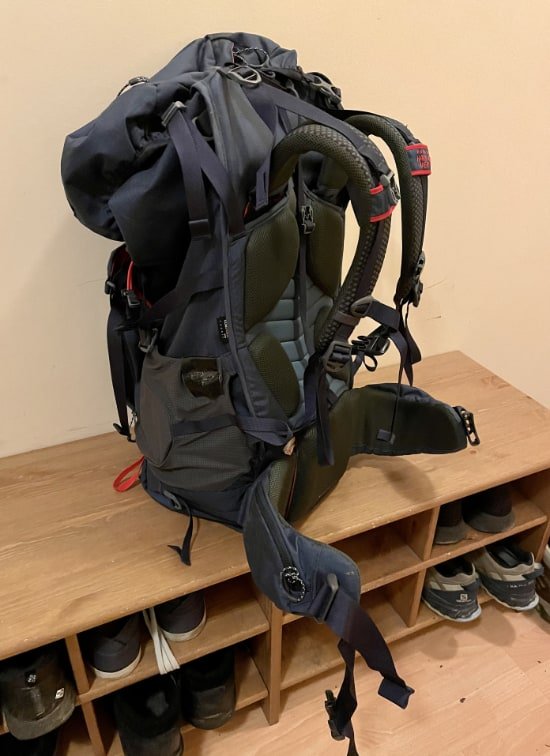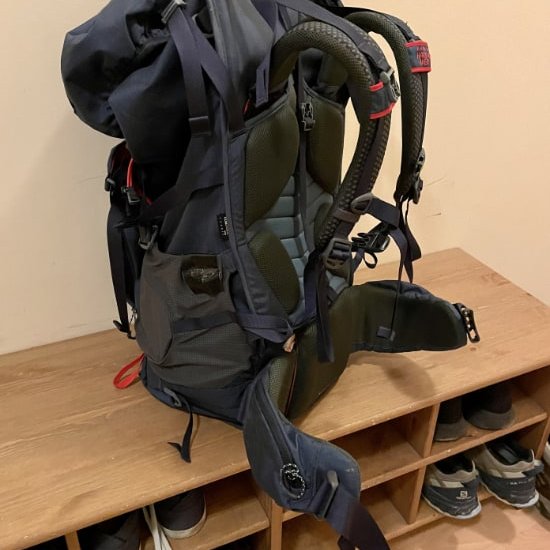
I recently heard about a new trending form of exercise called “rucking.” Rucking is simply going for a walk or hike while carrying a ruck sack packed with weight to add resistance. I laughed at the concept at first, asking "Isn't that just traditional backpacking?". When I did my solo trek of the West Coast Trail, I saw so many hikers laden with heavy packs that looked well over 20% of people's body weight (the amount generally recommended as a maximum carrying weight). I, on the other hand, hiked it with an ultralight pack, weighing under 10 lbs, allowing me to move more quickly and nimbly across the 75km trail in only 71 hours. I couldn't imagine why anyone would choose to don a heavy pack for such a trip other than cost (ultralight gear is pricey) or an inability to live without creature comforts.
I had heard about rucking on a couple of podcasts, but got to read more in depth about it in The Comfort Crisis by Michael Easter. I was intrigued by the idea and decided to incorporate it into my training regimen. It saw it as a way of resistance training the muscles and joints I use for hiking and backpacking in a sport-specific way. It would also allow me to get a more intense workout in a shorter period of time. While these are the benefits that drew me in at first, I also became aware of a range of other benefits too.
8 Benefits of Rucking
1. Less Stressful On The Body Than Running
Like with walking, one foot always touches the ground when you ruck. This isn’t the case with running. This subtle difference places less impact on your knees when rucking and using the right footwear can reduce the impact even further.
2. Transforms Walking Into Cardio
Rucking raises your heart rate more than regular walking, transforming it into cardio exercise, exercising your heart at a level comparable to jogging.
3. Burns Nearly As Many Calories As Running
Rucking is an excellent outdoor cardio workout if you hate to run, but still want to get a similar caloric burn. It burns around the same amount as jogging, and around 40-50% more calories than walking.
4. Combines Strength and Cardio
Sometimes you don't have time to do both strength and cardio and would love a way to combine the two. Rucking is the perfect solution for that. In some ways it's even better than traditional weight training because it's a more natural form of exercise for our bodies. Plus, you can even take off the pack at some point in your hike and use it as is, or pull out the weights your carrying to do a quick tabata style strength workout to target specific muscle groups.
5. One of the Most Natural Forms of Functional Fitness
Walking while carrying loads has been a part of the human experience since the dawn of our existence, from our cave dwelling ancestors carrying a kill from a hunt to early rural farmers carrying their crop yields. It reinforces and strengthens the abilities that our species evolved with in order to survive.
6. Improves Posture, Back and Hip Health
Anyone who sits all day at home or in an office isn’t doing their bodies any favours. Fortunately, rucking is a great way to improve posture, back and hip health. The weight of the pack pulls your shoulders and back into proper alignment, putting your body into the proper posture. The more you ruck, the more you train your body to stay in that optimal position even when you aren’t rucking. And by improving your posture, back and hip health, you improve mobility in old age by lowering risk of debilitating injuries often associated with aging.
7. It’s a Social Form of Exercise
Being able to socialize while rucking makes it that much more enjoyable, and therefore makes too more likely to keep doing it. You can easily walk and talk while carrying your load, and it’s scalable for different fitness levels by changing the amount of weight, so no one has to feel like they’re being pushed to hard or not hard enough.
8. It’s Inexpensive
All you need is a backpack, some water bottles and some weight to get started. You can use almost anything for weight as long as it fits in the bag and it’s comfortable to carry. At most, you might want to upgrade to a more expensive pack that’s designed to handle more weight comfortably, but you might already have an appropriate bag if you do backpacking.
9. Anyone of Any Fitness Level Can Do It
Even if the most amount of exercise you do is walk from the couch to the fridge, you can start rucking. You just need to start light and short. A good starting point for people just starting out on their fitness around 10%-20% bodyweight for 3-6.5km. Over time, you can add weight and distance as your fitness improve.
I started my rucking journey by loading up one of my packs with roughly 1/3 of my body weight, carrying it on my 10-minute morning nature walk on a short forested trail going up and down a hill. I’m able to handle this just fine, so I’ll probably start carrying my pack on my evening after-dinner walks as well. I also plan to bring my pack on walks with friends when I meet up with them. A perfect COVID-friendly exercise that I can do with any friend!
Thinking about getting into rucking? Check out How to Ruck - A Beginner’s Guide. If you give it a shot, let me know how it goes. Share your experiences in the comments to help motivate others if they’re thinking about giving it a try.




